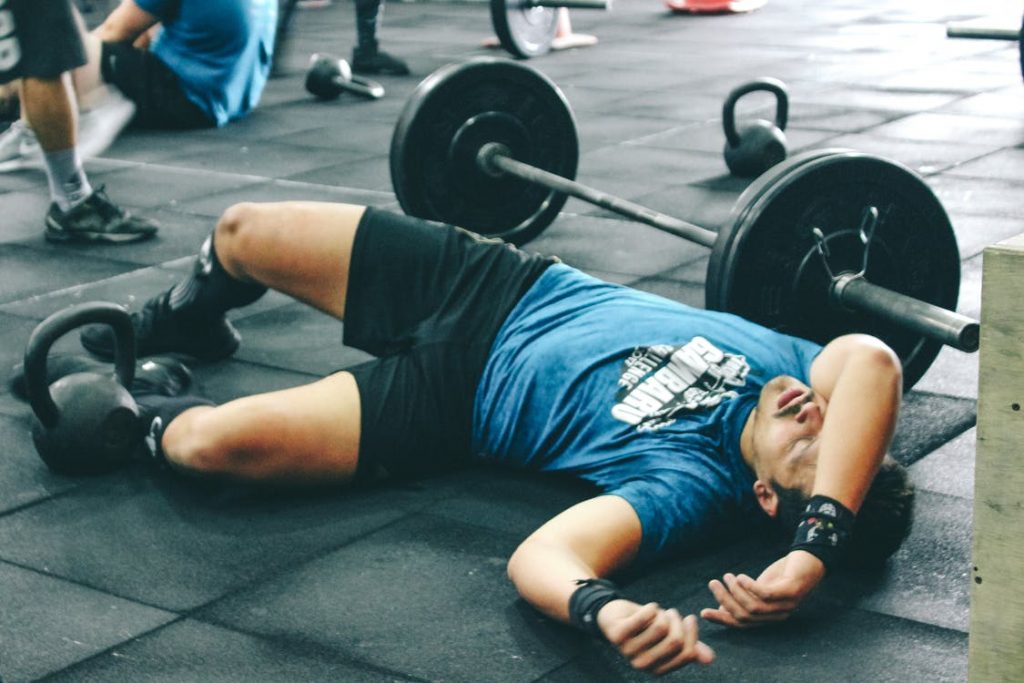While lifting weights can help you get rock solid mass and a body ready to show off, a little mistake in the process can lead to lot of harm. Following are 3 most common mistakes athletes make when lifting heavy weights.
Jerking Your Head And Neck During Crunches
After performing crunches, some people are left with aching neck. This is true, if you jerk your head instead of working on your torso.
Tip: In order to stop your neck from moving involuntarily, position your thumb and fingers behind your head without lacing them. Now extend your elbows wide in a manner that you can merely see them with the corner of your eyes. When performing the crunches, keep your head, neck and arms in a stationary position. If you are performing the move in a right manner, your head, neck and lower back will become lightweight. While lifting your torso, using as much strength as you can exhale through your mouth. When going back to the starting position, breathe in through your nose.
Bending Too Far When Performing Squats
When performing squats, if your knees go far past your toes, then you are exerting too much pressure on your knee while risking an injury of cartilage and tendons that help bind the knee at one place.
Tip: In order to squat perfectly start off by placing your feet hip width apart with your toes pointing straight outward. As you move to squat down, your knees should be moving in a straight line in the direction of your toes. While in a squatting position the pressure should be on your heels. Do not squat very low and when you go back to starting position press on your heels. Finish the move with your legs upright and relaxed. Snapping adds impact on your knees and lower back, which can cause movement problems.
Curving Your Back During A Bench Press
It’s easy to think that performing any movement during weight lifting will add to their strength and body mass. In reality, lifting heavy weight on chest doesn’t mean that your chest muscles are strong. By curving your back during a bench press, you put your back muscles at a risk of injury, as more muscles work together in raising the weight upward.
Tip: For a perfect bench press, make sure that your back constantly touches the bench. Do not exert pressure on your back to become unnaturally flat. In a perfect position there will be a small curve in your lower back.
Bringing Your Arms Too Low During Chest Exercise
While performing chest exercise, some people bring their arms so low that their elbows practically touch the floor. Though the stretch in your chest may indicate a well-performed exercise, it is an extremely dangerous for your chest muscles and shoulders and may cause them to snap. Think of this position as a stretched rubber band. If it’s pulled to its extreme, it is highly likely that it would snap. Similarly, when you stretch your arms too much downward, you displace the head of the biggest bone of your arm (humerus) up to your shoulder socket. Nearby ligaments and tendons move to accommodate this unnatural position. Though you may not feel any difference initially, it can lead to extreme pain later on, injuring your shoulder joints.
Tip: When performing chest fly, bench press or dumbbell chest press, do not bring your arms lower than your chest levels. Based on your body shape, the bar may touch your body during a bench press.

